Can Your Company Help Solve the Charging Infrastructure Puzzle With V2G?
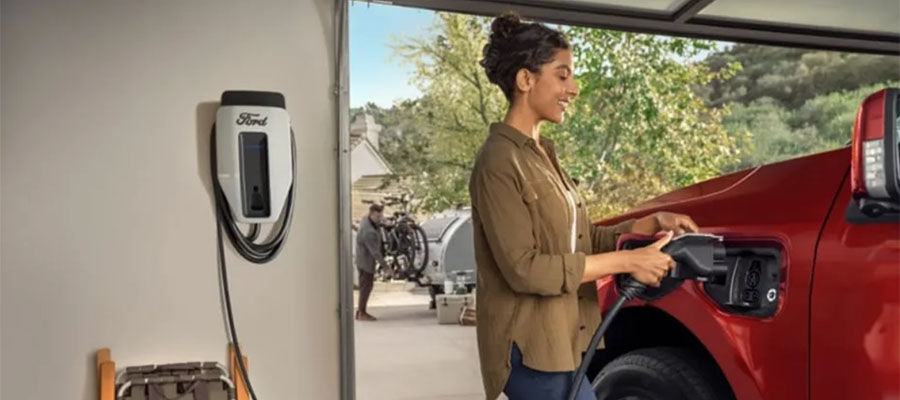

Can Your Company Help Solve the Charging Infrastructure Puzzle With V2G?
As the global transition towards electric vehicles (EVs) gains momentum, the need for efficient and accessible charging solutions emerges as a critical challenge. The development of a robust and flexible charging infrastructure is of special concern for widespread adoption within the commercial EV arena, and is going to require the employment of more innovative thinking than what we have seen thus far. One intriguing idea suggests that company EV fleets could play a pivotal role in addressing this challenge, by leveraging Vehicle-to-Grid uni-directional smart charging (V1G) and Vehicle-to-Grid bi-directional (V2G) technology.
These technologies provide an opportunity to decentralize the grid, creating a distributed network of energy resources that could make energy production and distribution more efficient, resilient, and sustainable.
Understanding V1G and V2G Technology
V1G and V2G are groundbreaking innovations that enable energy flow between EVs and the power grid. In essence, this transformative approach can turn parked vehicles into temporary energy resources for the electricity system.
V1G is a smart charging system that weighs time-of-use for grid optimization, essentially delaying EV charging until off-peak hours. For instance, a vehicle could be plugged in at the end of a shift, say 6pm, but charging may not occur until midnight. Usage during the off-peak hours is both cheaper and causes less strain on the grid.
V2G technology goes beyond V1G by enabling EVs to store excess energy from the grid. This ability is particularly beneficial when there is an overproduction of renewable energy from sources such as wind and solar installations. By storing surplus energy, which can be routed back to the grid, V2G technology can improve grid stability and promote higher integration of renewable energy into the energy mix.
SHOP ADVANCED FUEL VEHICLES NOW
The Role of Companies in the Charging Infrastructure Challenge
The current charging infrastructure faces multiple challenges, including limited availability of charging stations, prolonged charging times, and constraints on grid capacity. However, the growing adoption of EVs by companies for their fleets presents a valuable opportunity for these vehicles to contribute significantly to addressing the charging infrastructure issue.
By harnessing the potential of V1G and V2G technology, company EVs can help alleviate pressures on the grid and facilitate more effective energy management. Additionally, participating companies can benefit from cost savings and potential revenue generation opportunities.
Implementing V1G and V2G Technology in Company EV Fleets
The transition to V1G and V2G integration calls for specific infrastructure adaptations, including the installation of smart charging systems, bi-directional chargers, and the implementation of grid communication protocols. Although the initial setup may seem complex, the potential benefits are substantial.
By participating in V1G and V2G programs, companies can reduce costs and generate revenue by supplying energy back to the grid or storing surplus energy. Furthermore, these practices enhance the sustainability credentials of the participating companies, showcasing them as active contributors to renewable energy distribution, a valuable aspect of their corporate social responsibility strategy.
V2G Use Case
The Portuguese island of Porto Santo offers an interesting use case, highlighting the successful implementation of V1G and V2G technologies. In a pioneering effort, the island partnered with automobile manufacturer Renault, utility company Empresa de Electricidade da Madeira (EEM), and technology provider The Mobility House to create a first-of-its-kind Smart Fossil Free Island project.
Project Overview
The aim of the project was to transform Porto Santo into a model for sustainable energy production and consumption. Key components of this project included the integration of renewable energy sources with advanced energy storage solutions, utilizing electric vehicles as mobile energy storage units through V1G and V2G technologies.
Implementation
Renault provided a fleet of electric vehicles which were integrated with V1G and V2G technologies enabling them to send excess energy back to the grid when demand was high or store energy when production exceeded consumption.
EEM, the local utility company, played a vital role in managing the energy produced by the island’s solar and wind installations, as well as the energy stored in and supplied by the Renault EVs. EEM utilized advanced forecasting tools to optimize the interaction between renewable energy production, grid capacity, and the EV fleet’s charging and energy storage capabilities.
The Mobility House, a technology provider specializing in EV charging solutions, facilitated seamless connectivity between the bidirectional chargers and the grid. They worked closely with Renault and EEM to ensure optimal V1G and V2G performance, maximizing energy efficiency and grid stability.
Results
The project demonstrated compelling benefits, including reduced reliance on fossil fuels, increased integration of renewable energy sources, and improved grid stability. The EV fleet’s utilization of V1G and V2G technologies showcased the potential for decentralized energy management, contributing to an increasingly sustainable energy system for Porto Santo.
Conclusion
In conclusion, V1G and V2G technology presents a promising piece of the charging infrastructure puzzle. By incorporating company EV fleets into this decentralized model, businesses can make significant strides in energy management and contribute to the overall success of the EV revolution, ultimately enabling a more resilient and sustainable energy system.
SHOP ADVANCED FUEL VEHICLES NOW
Published on: December 12, 2023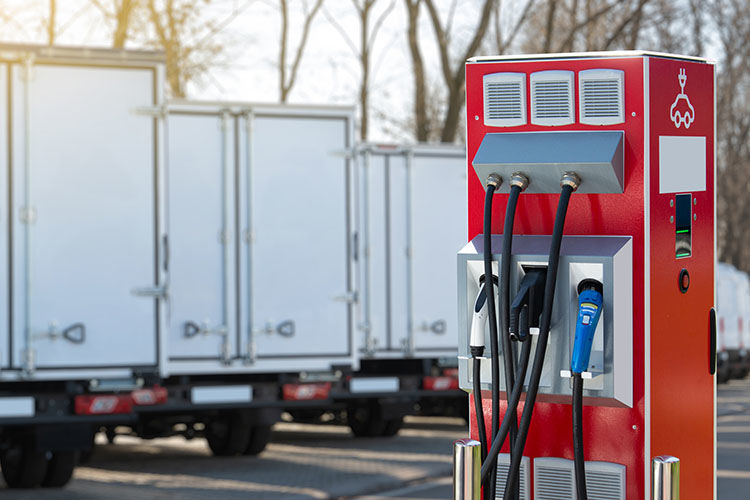 Commercial Fleet Electrification: CTE’s Scalable Approach to Zero-Emission Deployment
Commercial Fleet Electrification: CTE’s Scalable Approach to Zero-Emission Deployment Navigating the EV Transition: Key Considerations for Fleet Electrification
Navigating the EV Transition: Key Considerations for Fleet Electrification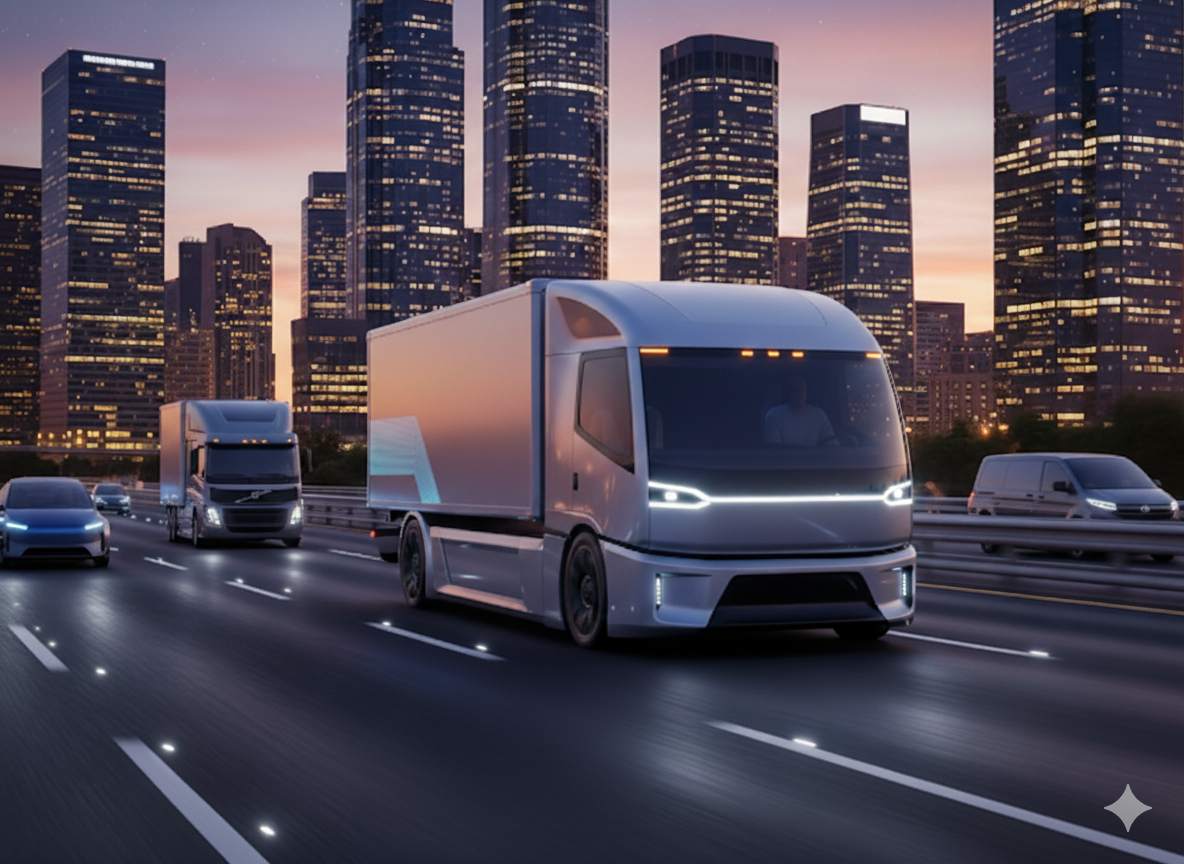 Electric Commercial Trucks 2025: Market Growth & Top Models
Electric Commercial Trucks 2025: Market Growth & Top Models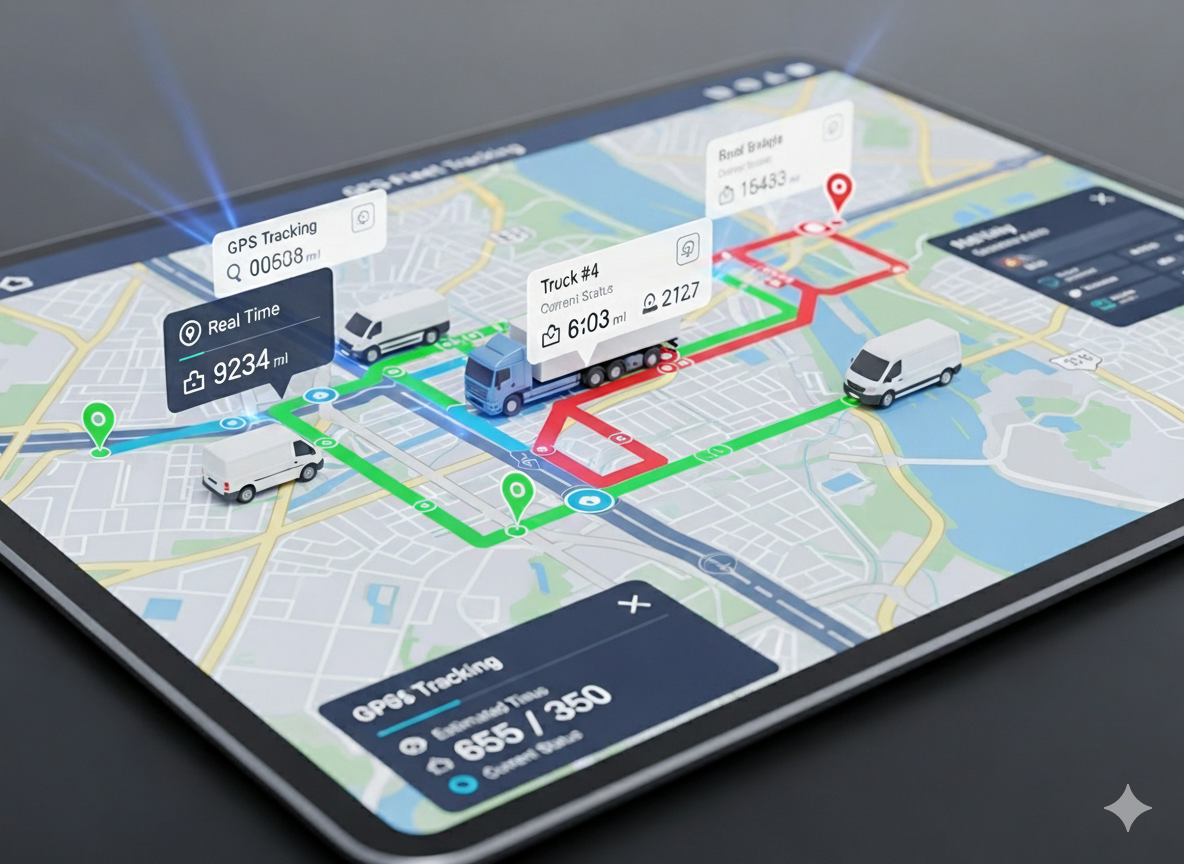 Fuel-Efficient Fleet Strategies: Cut Fuel Costs & Boost MPG 2025
Fuel-Efficient Fleet Strategies: Cut Fuel Costs & Boost MPG 2025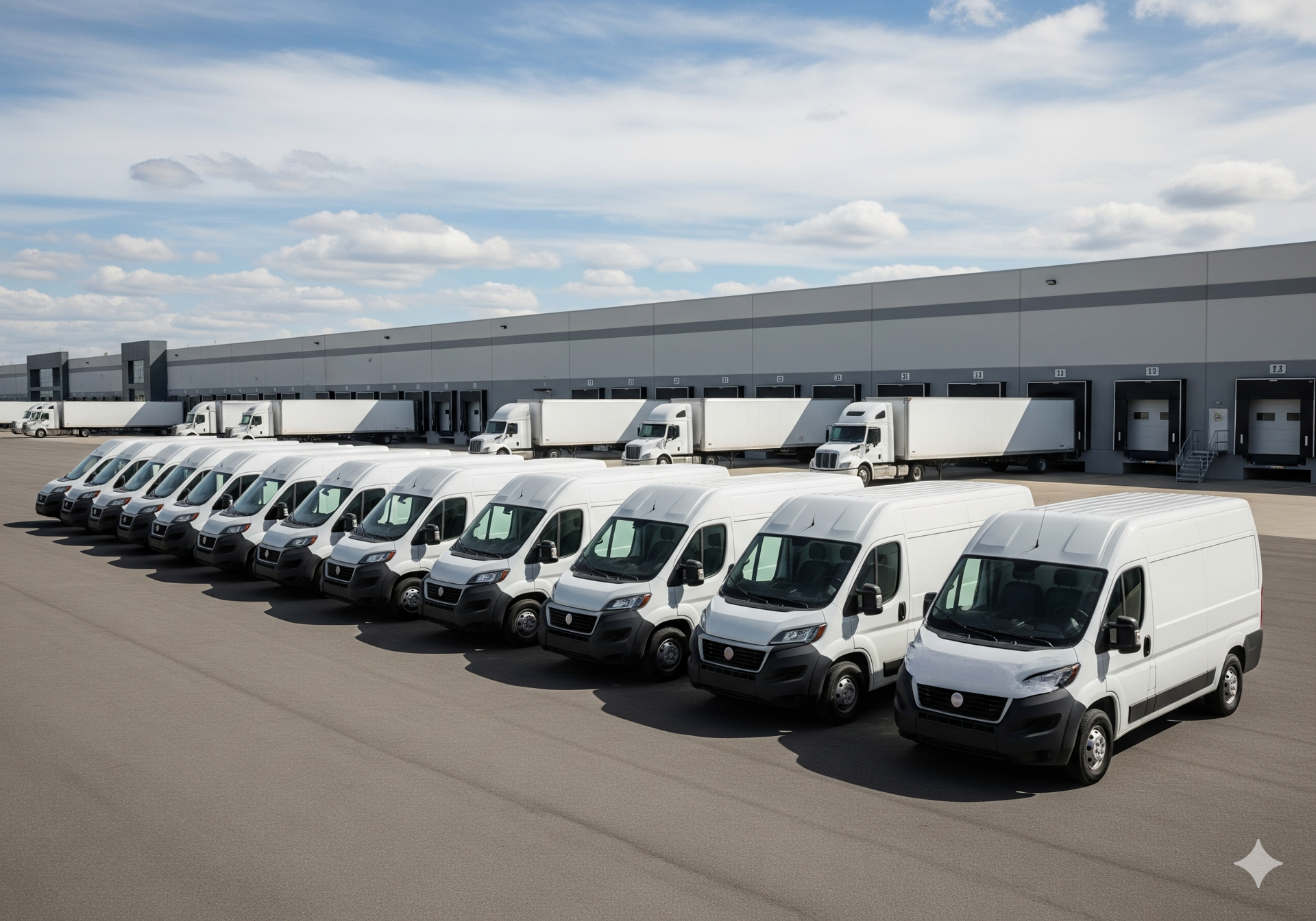 Most Fuel Efficient Cargo Vans for 2025 | Compare Top MPG
Most Fuel Efficient Cargo Vans for 2025 | Compare Top MPG







